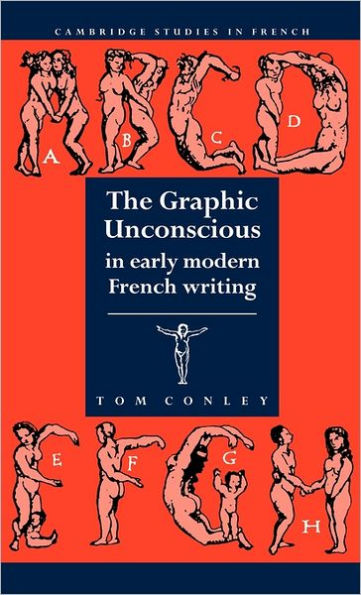The Graphic Unconscious in Early Modern French Writing
This book studies the importance of typographic shapes in French Renaissance literature in the context of psychoanalysis and of the history of printed writing. Focusing on the poetry of Clement Marot, Rabelais's Gargantua, Ronsard's sonnets and the Essais of Montaigne, it argues that printed characters can either supplement or betray what they appear to articulate. They often reveal compositional patterns that do not appear to be under authorial control, and open political and subjective dimensions through the interaction of verbal and visual materials. This unconscious, proto-Freudian writing has complex historical relations with practices found in the media of the twentieth century.
1117322914
The Graphic Unconscious in Early Modern French Writing
This book studies the importance of typographic shapes in French Renaissance literature in the context of psychoanalysis and of the history of printed writing. Focusing on the poetry of Clement Marot, Rabelais's Gargantua, Ronsard's sonnets and the Essais of Montaigne, it argues that printed characters can either supplement or betray what they appear to articulate. They often reveal compositional patterns that do not appear to be under authorial control, and open political and subjective dimensions through the interaction of verbal and visual materials. This unconscious, proto-Freudian writing has complex historical relations with practices found in the media of the twentieth century.
124.0
In Stock
5
1

The Graphic Unconscious in Early Modern French Writing
240
The Graphic Unconscious in Early Modern French Writing
240Hardcover
$124.00
124.0
In Stock

Product Details
| ISBN-13: | 9780521410311 |
|---|---|
| Publisher: | Cambridge University Press |
| Publication date: | 10/08/1992 |
| Series: | Cambridge Studies in French , #37 |
| Pages: | 240 |
| Product dimensions: | 5.51(w) x 8.50(h) x 0.67(d) |
From the B&N Reads Blog
